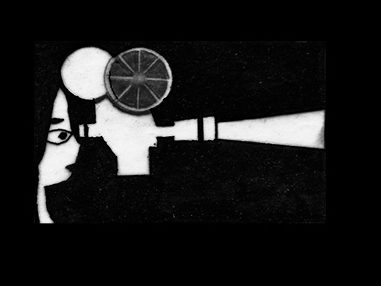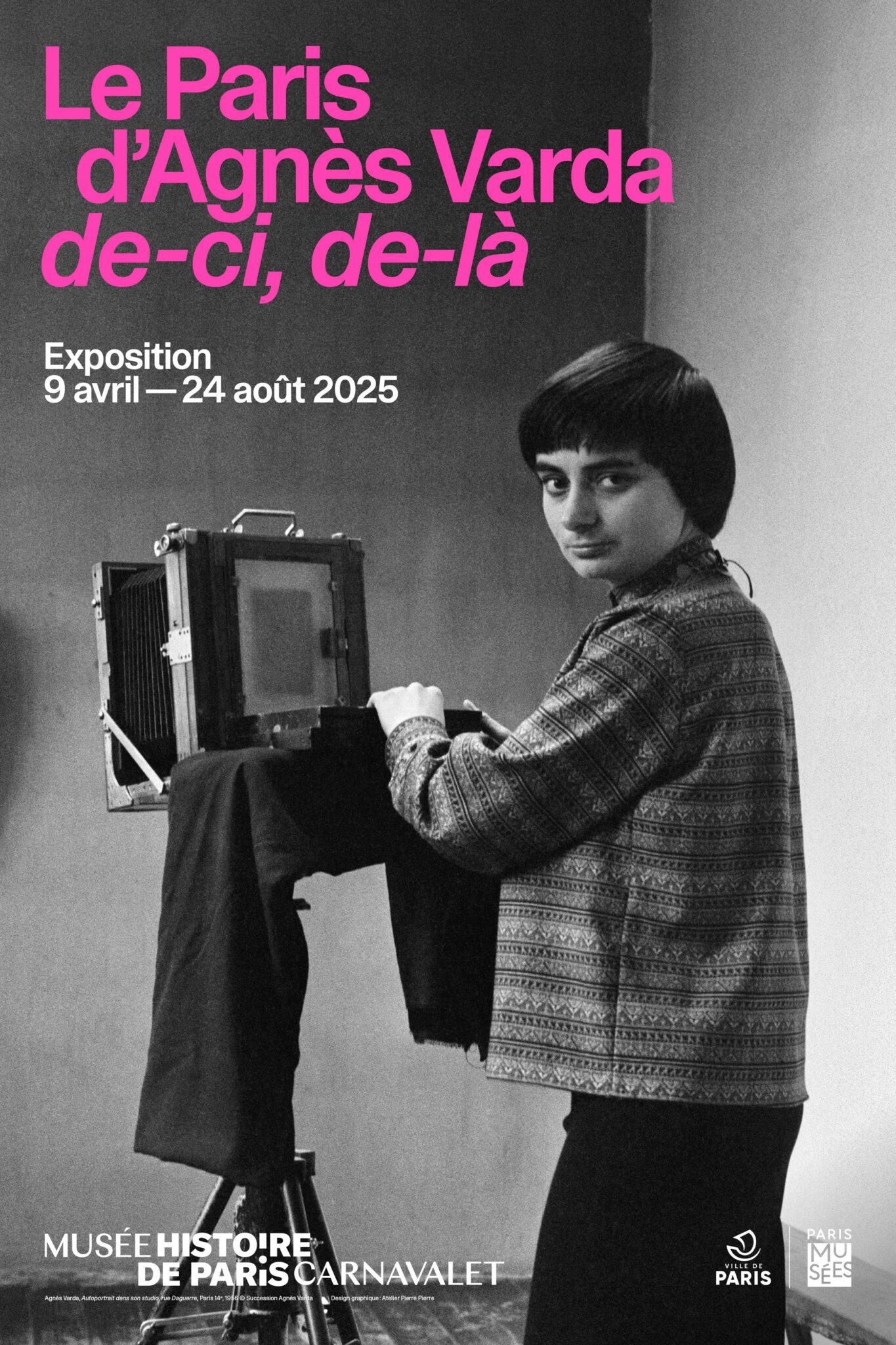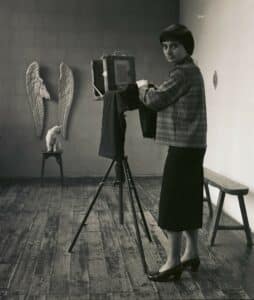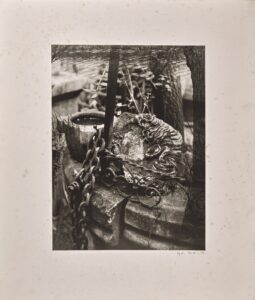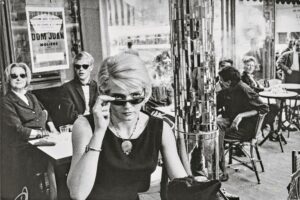The Paris of Agnès Varda, de-ci, de-là
A Parisian exhibition at the Musée Carnavalet
Agnès Varda, Autoportrait dans son studio, rue Daguerre,
Paris 14e, 1956 © Succession Agnès Varda
The Paris of Agnès Varda: a City Seen at Eye Level
From April 9 to August 24, 2025, the Musée Carnavalet – Histoire de Paris will devote an exhibition to Agnès Varda, an unclassifiable artist who passed away in 2019 and who ceaselessly explored the image in all its forms.
Titled The Paris of Agnès Varda, de-ci, de-là, the exhibition takes its name from Jacques Offenbach, as Valérie Guillaume, the museum’s director, reminds us. A light, musical reference—an invitation to wander freely through an oeuvre deeply rooted in the urban fabric.
Agnès Varda’s work has already been featured at the Palais de Tokyo, the Fondation Cartier, the Cinémathèque Française, and the Venice Biennale.
But never before has her Paris—its backstreets, its façades, its shopkeepers—been shown quite like this: close, everyday, alive.
The exhibition presents over 130 prints, most of them previously unseen, in dialogue with her iconic films (Cléo from 5 to 7, L’Opéra-Mouffe, Daguerréotypes), alongside personal archives, objects from shoots, publications, posters, and even a sculpture of her cat, Nini.
As visitors move through the show, they enter her courtyard-atelier on Rue Daguerre, revisit her theater years at the TNP, and rediscover her eye for real-world detail: a storefront, a stall, a forgotten sculpture.
We also meet her heroines, real or imagined, photographed in black and white or filmed in Super 8, each telling a different story of Paris on the margins, and of emancipation.
First and foremost, a photographer
Before the films, there were the photographs.
This exhibition brings together over 130 prints, drawn from 27,000 preserved negatives, many of which were never developed during her lifetime.
It reveals the threads that run through all her work: attention to detail, a taste for fragments, a grounding in the real.
The Paris of Agnès Varda is a city filmed, photographed, walked through, inhabited.
It is a backstreet in the 14th arrondissement, a courtyard-turned-atelier, a gaze that catches the poetry of passersby, façades, shopkeepers, women, the invisible.
There is a kind of playfulness in her images—rooted in her early training in theater—that brings life to the shopkeepers of Rue Daguerre and to the shop windows she frames like sets.
The quiet presence of objects
Among the works shown, Le Noyé (“The Drowned”) catches the eye. An object: a sculpted head placed on the edge of a well.
Nothing dramatic. Just a simple composition. (below).
Agnès Varda, Noyé, 1950 © Succession Agnès Varda
Women in the city
Agnès Varda never sought to theorize her position.
She filmed, photographed, composed what she saw.
Photography of Liliane de Kermadec, Corinne Marchand on shooting Agnès Varda “Cléo de 5 à 7”, Cléo au café du Dôme, Paris 14e,
1961 Liliane de Kermadec © Ciné-Tamaris
In her images, women occupy space without being confined to it.
They walk, work, observe—not to serve a message, but simply because they are there.
This exhibition, curated byAnne de Mondenard with Rosalie Varda, brings together films, documents, objects, a sculpture of Nini—
But above all, it offers a way of seeing.
A gaze that takes its time, captures without intruding, connects without explaining.
This project, designed as a thematic journey through her work, especially highlights the richness of her photographic output, lesser known than her films.
For while Agnès Varda was one of the great voices of auteur cinema and a pioneer of the French New Wave, she was also, from the early 1950s, a photographer of Paris, capturing the city with a blend of humour, gentle irony, and documentary tenderness.
More than a tribute, The Paris of Agnès Varda, de-ci, de-là is an invitation to slow down, to see differently, to look with care.
A reminder that art, like the city, is made of quiet traces, shifts of light, and gathered moments.
This exhibition is set to be one of the major cultural events of spring 2025.
🗓 Exhibition: April 9 – August 24, 2025
📍 Musée Carnavalet – Histoire de Paris
